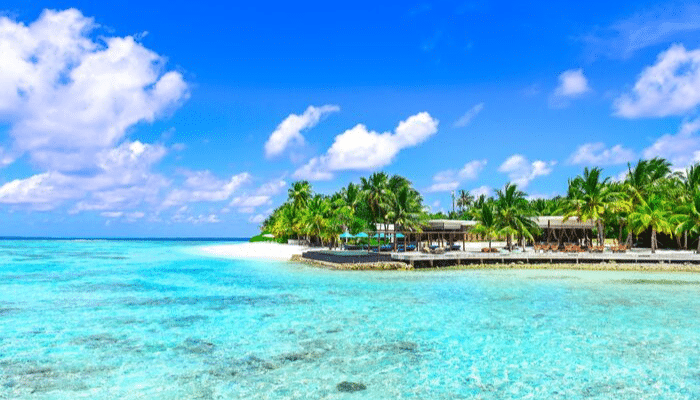The Guadeloupe Water Office published a
series of reports on the state of water resources on the island on 10 September.
Indeed, the European Water Framework Directive (WFD) 2000/60/EC provides for achieving good ecological status of water bodies by 2027.
This objective is likely to be difficult for Guadeloupe to achieve, even if the presence of Chlordecone is hidden. This pesticide, once used in banana plantations, is very persistent and is still found in soil and water.
In the case of historical pollution such as chlordecone, the water resources concerned will have additional time since there is no technology to reduce or eliminate it. The molecule has an extremely long half-life, only a "natural" degradation can solve the problem.
16% of watercourses are likely not to achieve the objectives set by the Directive without taking into account the presence of chlordecone and 27% if they are taken into account. Concerning chemical status, contamination by HCH (Hexachlorocyclohexane) is also found in some water resources.
Regarding coastal water, they are extremely affected by chlordecone. On the other hand, no priority substances set out in the WFD are present due to a relatively low level of industrial activity on the island.
For groundwater, pollution is mainly due to pesticides including chlordecone, atrazine and its metabolites, glyphosate, AMPA and metolachlor.





